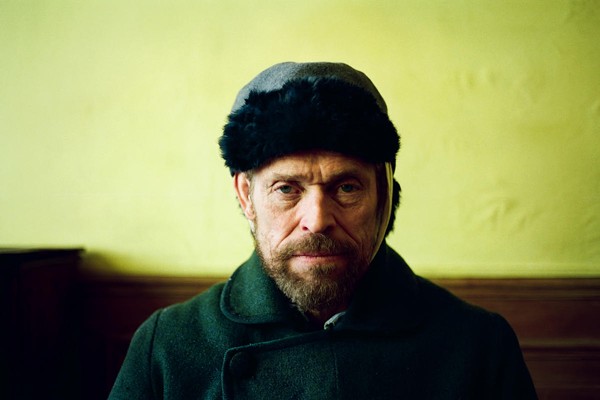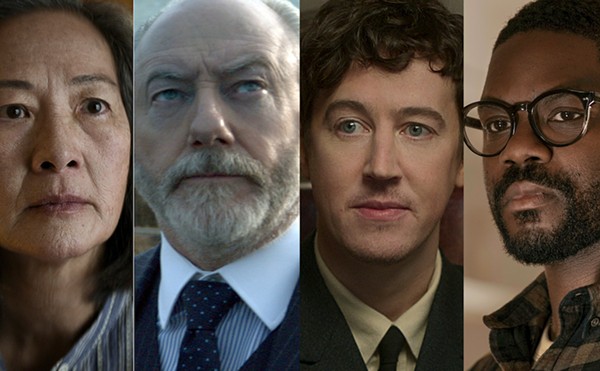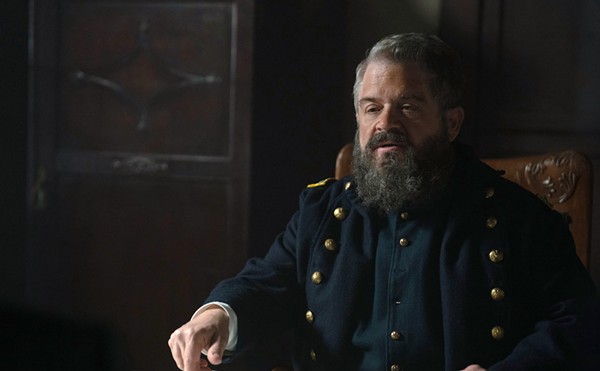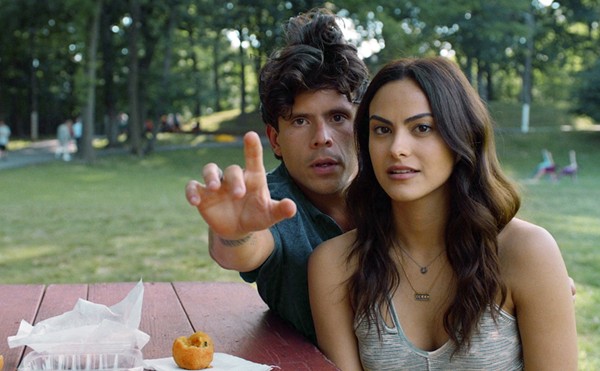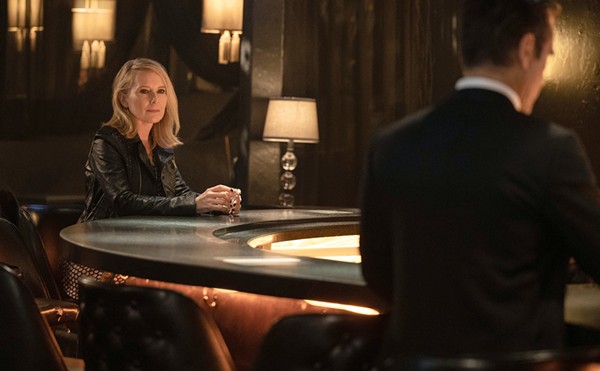During a scene in the 1975 Academy Award-winning drama One Flew Over the Cuckoo’s Nest, a doctor at a mental institution tells R.P. McMurphy (Jack Nicholson) that after evaluating him for four weeks, he sees no evidence of mental illness. “You know, what do you want me to do?” McMurphy asks before mimicking masturbating, as if to say, “Is this what ‘crazy’ is supposed to look like?”
In At Eternity’s Gate, a biopic on Vincent van Gogh, Oscar-nominated director Julian Schnabel (The Diving Bell and the Butterfly) seems to wonder the same thing as Nicholson’s character. Everyone knows van Gogh suffered from some form of psychological disorder, so why play it up like other van Gogh films of the past? Why show him writhing in front of a mirror like a madman in 1956’s Lust for Life? Why depict him as some fiendish loon who licks the blood off a knife after he uses it to cut off his ear like in 1990’s Vincent & Theo?
While both actors Kirk Douglas and Tim Roth give commendable overall performances as van Gogh in their respected films (Douglas earned an Oscar nomination for his), the idea that mental illness can be defined as one specific thing (or behavior) is an antiquated concept. It’s one of the reasons Schnabel’s film — co-written by him, his girlfriend Louise Kugelberg and French screenwriter Jean-Claude Carrière (The Unbearable Lightness of Being) — is such an enlightening and unique experience. With At Eternity’s Gate, Schnabel, who is a famous painter himself, confronts van Gogh’s mental instability with inventive style and philosophical reflection. In doing so, he has given audiences one of the most creative and visually-striking cinematic compositions about an artist in recent memory.
Although almost 30 years older than van Gogh was at the time of his death, three-time Oscar nominee Willem Dafoe (The Florida Project) delivers a glorious portrayal as the Dutch post-impressionist painter during the final years of his life — living and painting in Arles in the south of France. During this time, we watch van Gogh connect with nature, exchange ideas with friend and artist Paul Gauguin (Oscar Isaac) and find the beauty in the mundane. Through handheld camerawork, distorted scenes and other stimulating experimental film elements, Schnabel designs At Eternity’s Gate as if it were one of van Gogh’s pieces seen through the eyes of a filmmaker like Terrence Malik (Tree of Life).
It’s not until the second half of the film when Schnabel really scours inside the mind of van Gogh as his mental illness starts to get the best of him — hallucinations, anxiety, depression and self-mutilation. Even then, however, Schnabel focuses more on the man, his work and his words. In At Eternity’s Gate, he allows viewers to see the world from van Gogh’s transcendent perspective.

